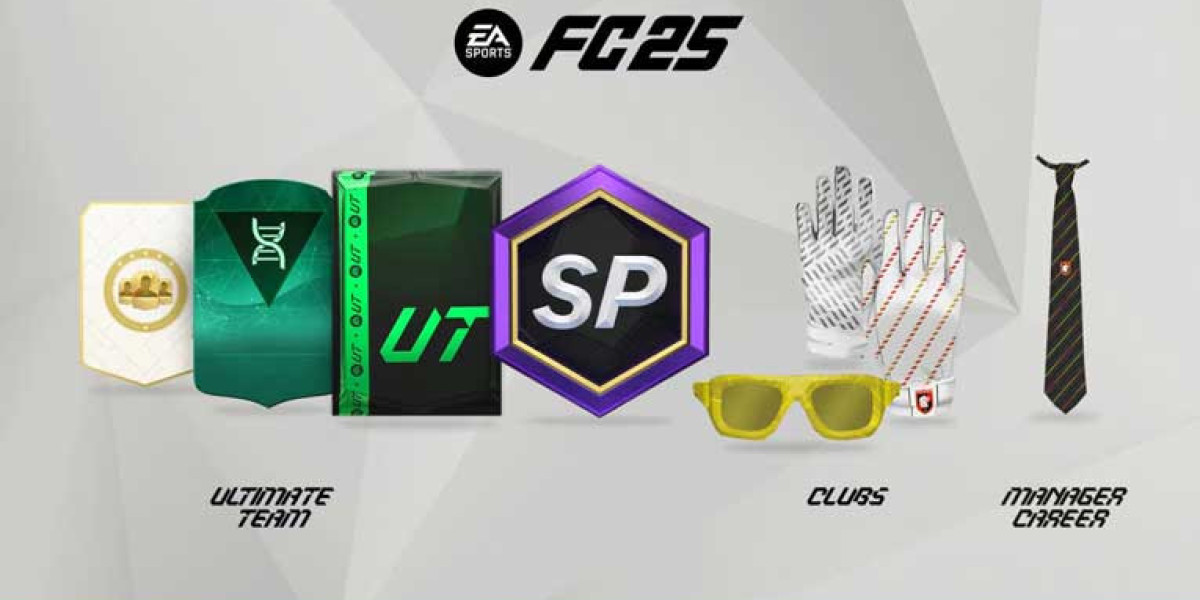Introduction to RoHS Certification
RoHS (Restriction of Hazardous Substances) certification is a globally recognized standard that restricts the use of specific hazardous materials found in electrical and electronic products. First adopted in the European Union (EU) under Directive 2002/95/EC, RoHS aims to reduce environmental and health risks associated with toxic substances. Over time, this directive has evolved and expanded its influence globally, becoming a crucial compliance requirement for manufacturers, importers, and distributors of electronic equipment.
The RoHS directive specifically limits the use of substances such as lead (Pb), mercury (Hg), cadmium (Cd), hexavalent chromium (Cr6+), and two groups of brominated flame retardants: PBB and PBDE. With the introduction of RoHS 2 and RoHS 3, additional substances and compliance obligations have been added.
RoHS certification is vital for businesses that want to enter or remain in the European market, and its principles are being adopted in many countries worldwide. This article explores what RoHS certification is, why it matters, and how businesses can achieve compliance.
Why RoHS Certification Matters
1. Environmental and Health Protection
The core objective of RoHS is to prevent environmental pollution and minimize health hazards. Substances like lead and mercury, commonly used in electronics, are toxic to humans and wildlife. Improper disposal of electronic waste (e-waste) can lead to these substances contaminating water, soil, and air. RoHS-compliant products help mitigate these risks by ensuring the restricted use of harmful chemicals.
2. Legal Compliance and Market Access
RoHS certification is mandatory for selling electrical and electronic equipment (EEE) in the European Union. Non-compliance can lead to penalties, product recalls, or bans. Additionally, many other regions—including China, India, the United Arab Emirates, and California (USA)—have implemented RoHS-like regulations. Certification ensures a smooth entry into these markets and demonstrates a company's commitment to international compliance.
3. Competitive Advantage
With increased consumer awareness about sustainability, businesses that offer RoHS-compliant products often enjoy a competitive edge. Certification serves as proof that a company prioritizes environmental responsibility, which can influence purchasing decisions, especially in B2B and public procurement scenarios.
Substances Restricted by RoHS
As of RoHS 3 (Directive 2015/863), the directive restricts the following ten substances:
Lead (Pb) – 0.1%
Mercury (Hg) – 0.1%
Cadmium (Cd) – 0.01%
Hexavalent chromium (Cr6+) – 0.1%
Polybrominated biphenyls (PBB) – 0.1%
Polybrominated diphenyl ethers (PBDE) – 0.1%
Bis(2-ethylhexyl) phthalate (DEHP) – 0.1%
Butyl benzyl phthalate (BBP) – 0.1%
Dibutyl phthalate (DBP) – 0.1%
Diisobutyl phthalate (DIBP) – 0.1%
These limits are measured by weight at the homogeneous material level, which means each individual component or material used in a product must comply, not just the final product as a whole.
Products Covered by RoHS
RoHS applies to a wide range of electronic and electrical products, including but not limited to:
Large and small household appliances (e.g., refrigerators, vacuum cleaners)
IT and telecommunications equipment (e.g., computers, phones)
Consumer electronics (e.g., TVs, radios)
Lighting equipment (e.g., LED lamps)
Power tools (e.g., drills, saws)
Toys and leisure equipment (e.g., gaming consoles)
Automatic dispensers (e.g., vending machines)
Monitoring and control instruments
Exemptions exist for certain military, aerospace, and medical applications, but even these are being increasingly scrutinized.
RoHS vs. Other Environmental Standards
While RoHS is often mentioned alongside other environmental compliance schemes, it's important to distinguish it from them:
REACH (Registration, Evaluation, Authorisation, and Restriction of Chemicals) focuses on the safe use of all chemicals in products, not just electronics.
WEEE (Waste Electrical and Electronic Equipment) deals with the recycling and disposal of electronic waste.
CE Marking indicates conformity with EU safety, health, and environmental protection standards, which may include RoHS compliance.
A product can be both RoHS and REACH compliant but needs to meet separate criteria under each directive.
The RoHS Certification Process
Achieving RoHS certification involves a systematic approach to ensure that all products and components meet the regulatory requirements. Here’s a typical process flow:
1. Product Assessment
The first step is to identify all components and materials in the product and determine whether they contain any of the restricted substances. This usually requires a bill of materials (BOM) review and supplier declarations.
2. Testing and Analysis
Products and components are tested, often through X-ray fluorescence (XRF) or wet chemical analysis, to detect the presence of restricted substances. Testing should be conducted by an accredited third-party laboratory.
3. Technical Documentation
Manufacturers must prepare a RoHS Technical File (or Technical Construction File), which includes:
Product description and application
Materials list and supplier declarations
Test reports and certificates of compliance
Risk assessment and internal procedures
4. Declaration of Conformity (DoC)
Once compliance is confirmed, the manufacturer can issue a Declaration of Conformity, stating that the product meets RoHS requirements. This document should be maintained for at least 10 years after the product is placed on the market.
5. Affixing the CE Mark (if applicable)
For products sold in the EU, RoHS compliance is part of the CE marking process. The CE label indicates conformity with all relevant EU directives, including RoHS.
Challenges in RoHS Compliance
1. Supply Chain Complexity
One of the most significant challenges in RoHS compliance is managing a global supply chain. Ensuring that all suppliers provide compliant materials requires careful vetting and ongoing communication. Any lapse in a single component can jeopardize the entire product.
2. Constant Updates
RoHS regulations are periodically updated, as seen with the transition from RoHS 1 to RoHS 3. Staying up to date with changes in substance restrictions and exemptions is essential but time-consuming.
3. Costs of Testing and Documentation
Compliance involves testing, auditing, and documentation, all of which can add costs to product development and manufacturing. Small and medium-sized enterprises (SMEs) may find these costs particularly burdensome.
Global Adoption of RoHS Principles
Although RoHS began in the EU, many countries have adopted similar regulations, including:
China: China RoHS applies to many EEE products and focuses on labeling and disclosure.
India: Implements E-waste (Management and Handling) Rules, which align closely with RoHS.
USA: The state of California enforces RoHS under the Electronic Waste Recycling Act.
UAE and South Korea: Also enforce RoHS-like legislation.
This global trend shows a growing commitment to minimizing the environmental impact of electronics worldwide.
Benefits of RoHS Certification
Reduced Environmental Impact: Helps lower the risk of pollution from electronic waste.
Improved Workplace Safety: Minimizes exposure to toxic materials during manufacturing.
Regulatory Assurance: Reduces the risk of fines, recalls, and import/export issues.
Brand Reputation: Enhances a company’s image as an environmentally responsible organization.
Increased Market Access: Opens doors to trade in the EU and other regions with similar requirements.
Conclusion
RoHS certification is a vital component of modern electronics manufacturing and distribution. It not only ensures legal compliance in key markets like the EU but also aligns businesses with the global push toward environmental sustainability and public health protection.
Achieving and maintaining RoHS compliance requires effort, investment, and a commitment to high standards, but the long-term benefits in market access, brand value, and reduced environmental harm make it an essential part of any responsible electronics strategy.
As regulations evolve and new substances are evaluated for restriction, companies must stay informed and proactive. Whether you're a manufacturer, importer, or distributor, RoHS certification is not just a regulatory hurdle—it's a strategic advantage in today’s eco-conscious marketplace.







